Remember when life was simpler, or at least it seemed that way? The 1960s feel like just yesterday to many of us, but when you really think about the daily habits and social norms we took for granted back then, it’s amazing how much the world has changed. What felt perfectly normal five decades ago would raise eyebrows, spark debates, or even cause genuine alarm in today’s world.
1. Smoking Everywhere Without a Second Thought
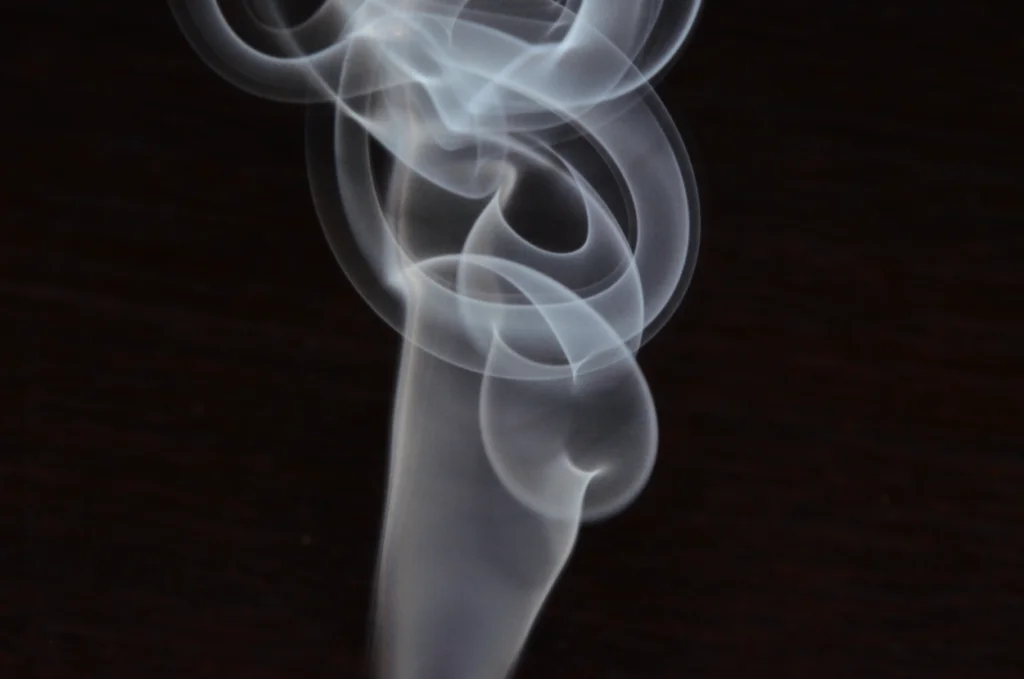
Back in the ’60s, lighting up a cigarette was as natural as checking your watch, and you could do it practically anywhere you pleased. Restaurants had ashtrays on every table, airplanes had smoking sections, and even hospitals allowed patients and doctors to puff away freely. Office workers kept cigarettes right on their desks, teachers smoked in faculty lounges between classes, and nobody batted an eye when someone lit up during a business meeting.
The idea that smoking could be harmful was just starting to surface in medical circles, but it hadn’t really penetrated everyday consciousness yet. Pregnant women smoked without worry, parents smoked around their children in cars with the windows rolled up, and cigarette advertisements promised everything from better digestion to enhanced attractiveness. Today’s smoke-free laws, designated smoking areas, and health warnings would have seemed like science fiction to most folks back then.
2. Giving Babies Honey and Corn Syrup
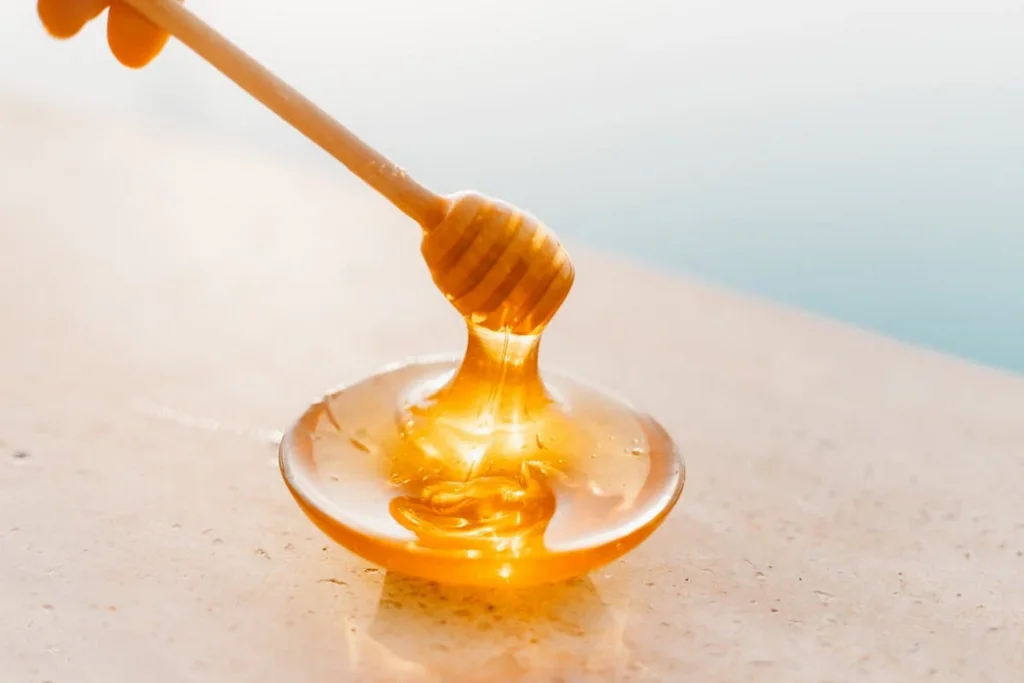
New mothers in the ’60s regularly gave their infants honey mixed with water or corn syrup to soothe fussy babies or help with constipation. Pediatricians often recommended these sweet remedies, and baby care books included recipes for homemade formula that contained corn syrup as a standard ingredient. Grandmothers passed down these practices as time-tested wisdom, and nobody questioned their safety.
What we didn’t know then was that honey can contain botulism spores that are dangerous for babies under one year old, and corn syrup wasn’t the harmless sweetener we thought it was. Today’s parents would be horrified at the idea of giving these substances to infants, and modern pediatricians strongly advise against both practices. The level of anxiety this would cause modern parents shows just how much our understanding of infant safety has evolved.
3. Hitchhiking as Regular Transportation

Sticking out your thumb for a ride was a completely normal way to get around in the 1960s, whether you were a college student heading home for the weekend or a young adult exploring the country. Families would pick up hitchhikers without hesitation, and many parents didn’t think twice about their teenagers catching rides with strangers. It was considered a friendly, community-minded thing to do, and most people had stories of interesting conversations they’d had with hitchhikers they’d picked up.
The whole practice was built on a level of social trust that seems almost naive by today’s standards. People generally believed that most folks were fundamentally good and that offering or accepting a ride was just basic human kindness. Now, with decades of true crime stories and safety awareness campaigns, the idea of either picking up or being a hitchhiker strikes most people as incredibly risky behavior.
4. Letting Kids Roam the Neighborhood Unsupervised All Day
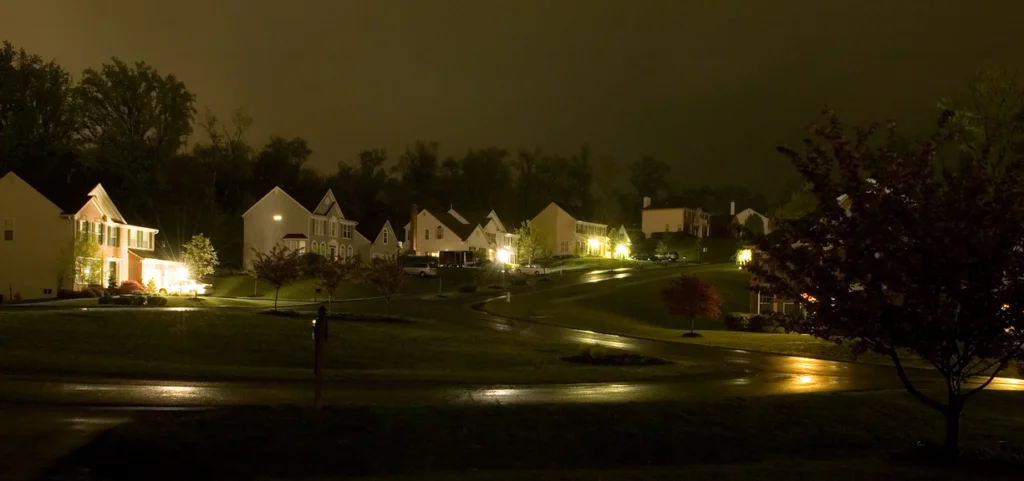
Summer days in the ’60s meant children disappeared after breakfast and didn’t return until dinner time, with parents having no idea where they were or what they were doing. Kids as young as five or six would walk to school alone, ride their bikes miles from home, and play in woods, construction sites, or anywhere else that looked interesting. The only rule was usually to be home when the streetlights came on or when you heard your mother calling for dinner.
Parents back then believed that children needed independence and that overprotecting them would make them weak or dependent. The neighborhood was considered a safe place where everyone looked out for each other’s children, and the idea of scheduling every moment of a child’s day was completely foreign. Today’s helicopter parenting, GPS tracking, and scheduled playdates would have seemed absolutely bizarre to ’60s parents who valued self-reliance and street smarts above constant supervision.
5. Using Mercury Thermometers and Playing with Mercury
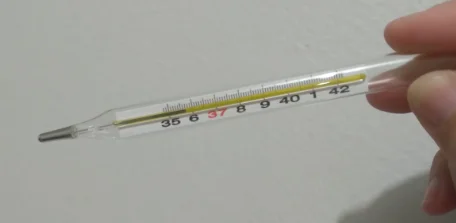
Every family medicine cabinet contained glass thermometers filled with mercury, and when one inevitably broke, many kids were fascinated by the silvery liquid that rolled around in perfect little balls. Some children were even allowed to play with mercury, rolling it around in their palms or watching it separate and reform on tabletops. Science teachers sometimes passed around vials of mercury for students to examine, and it wasn’t uncommon for kids to find mercury in old thermometers and play with it unsupervised.
Nobody understood that mercury was a dangerous neurotoxin that could cause serious health problems, especially in developing children. The casual attitude toward this substance, which we now know requires hazmat cleanup when spilled, seems absolutely shocking by today’s safety standards. Modern parents would call poison control immediately if their child touched mercury, but back then it was just an interesting scientific curiosity.
6. Drinking and Driving Without Social Stigma
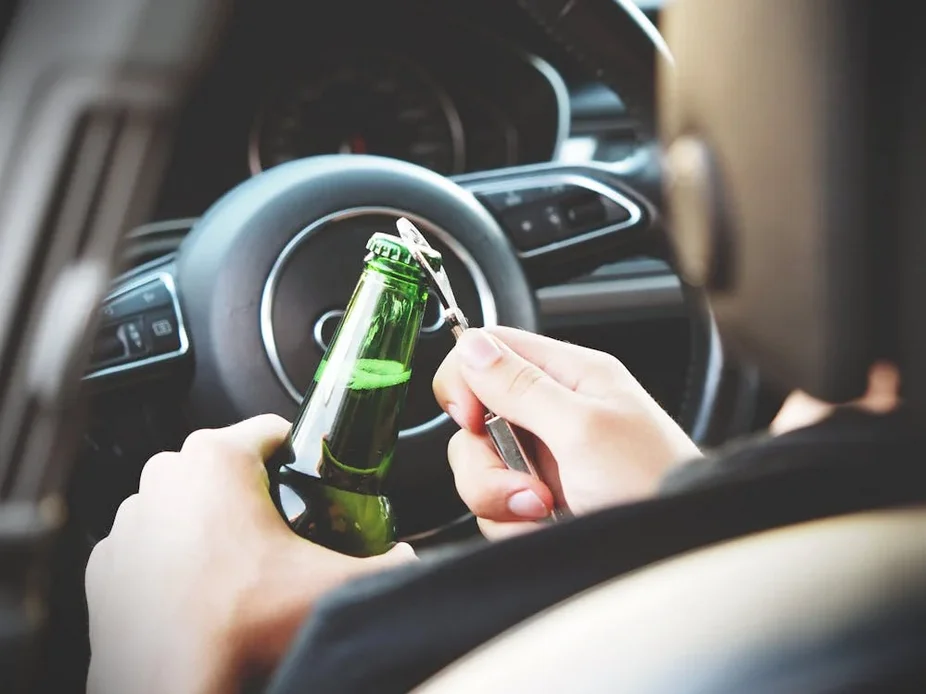
Having a few drinks and then driving home was considered perfectly normal social behavior in the 1960s, with little awareness of the dangers involved. Business lunches routinely included cocktails, and nobody thought twice about driving back to the office afterward. Party hosts would serve alcohol generously without worrying about how their guests were getting home, and the idea of taking someone’s keys seemed incredibly rude and presumptuous.
Police officers might tell obviously intoxicated drivers to “sleep it off” or follow them home rather than making arrests, and drunk driving was often treated more like a minor social faux pas than a serious crime. The designated driver concept didn’t exist, and calling a taxi seemed like an unnecessary expense for most people. Today’s zero-tolerance attitudes, breathalyzer tests, and social campaigns against drunk driving represent a complete transformation in how we view this behavior.
7. Putting Babies to Sleep on Their Stomachs
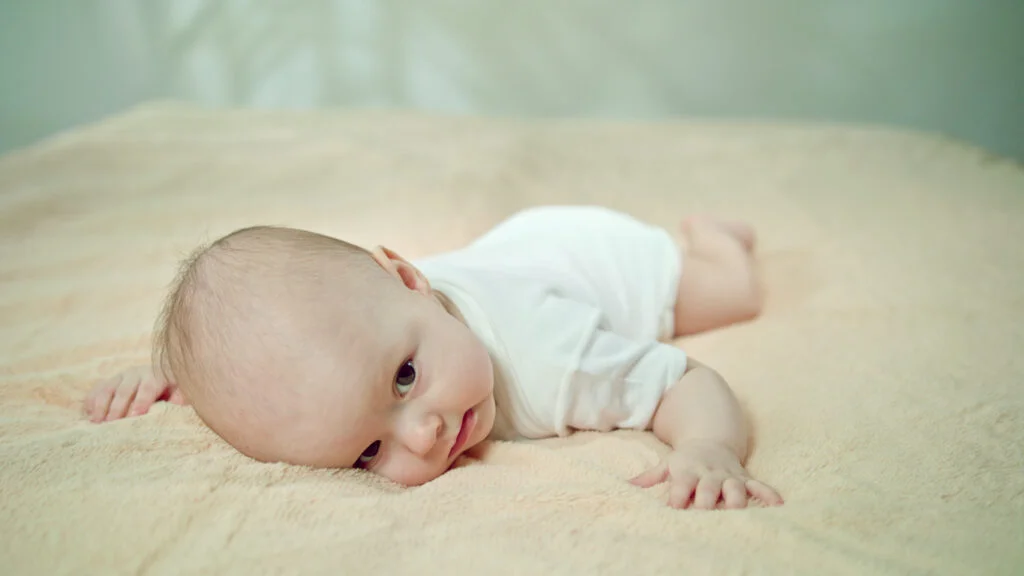
Every new parent in the ’60s was taught to put babies to sleep on their stomachs, as this was considered the safest and most comfortable position. Doctors recommended tummy sleeping to prevent babies from choking if they spit up, and baby care manuals included detailed instructions on proper stomach-sleeping positions. Cribs were filled with soft blankets, pillows, and stuffed animals to make babies as cozy as possible.
This advice was completely opposite to what we know now about safe infant sleep practices. Today’s “Back to Sleep” campaign and bare crib recommendations would have seemed strange and uncomfortable to ’60s parents who wanted their babies surrounded by soft, warm bedding. The dramatic reduction in SIDS rates since we changed these practices shows just how wrong our well-intentioned advice could be.
8. Using Lead Paint and Leaded Gasoline Without Concern
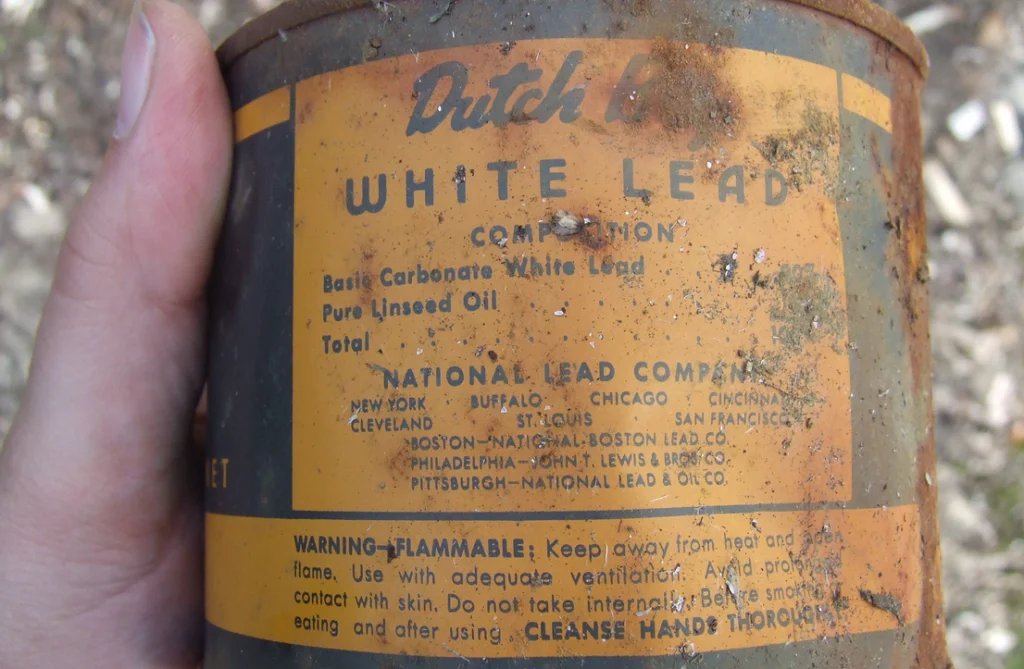
Homes built in the ’60s routinely used lead-based paint, especially for trim work and children’s furniture, because it was durable and gave a beautiful, glossy finish. Parents would repaint cribs and toy boxes with lead paint without any awareness of the health risks, and children often chewed on painted surfaces or played in areas where lead paint was chipping. Meanwhile, every car ran on leaded gasoline, filling the air with lead particles that we all breathed in daily.
The widespread use of lead in everything from paint to plumbing to gasoline created an environment that would be considered toxic by today’s standards. We now know that lead exposure can cause serious developmental problems, learning disabilities, and behavioral issues, especially in children. The extensive lead abatement programs and unleaded gasoline requirements that seem normal today would have been incomprehensible to people who saw lead as a useful, harmless material.
9. Sharing Drinks and Food Without Hygiene Concerns
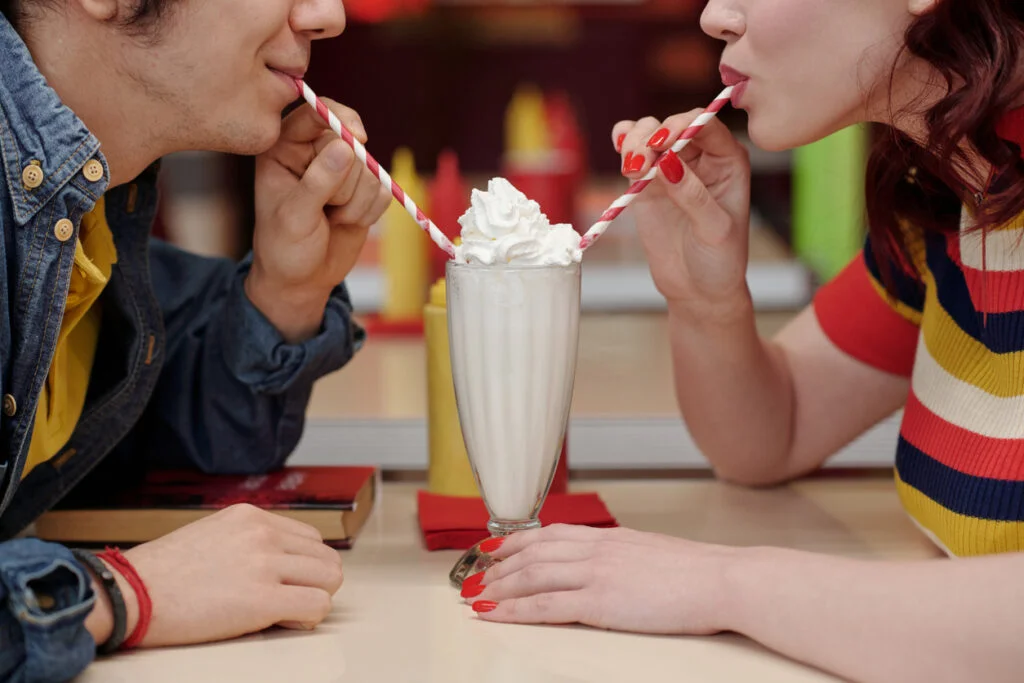
Passing around a single soda bottle or sharing a bag of popcorn at the movies was completely normal behavior in the ’60s, with nobody worrying about germs or communicable diseases. Families routinely shared utensils, and it was common for parents to taste their children’s food using the same spoon the child was eating with. Water fountains, swimming pools, and public facilities were used without the hygiene consciousness that defines modern behavior.
The casual attitude toward sharing personal items and bodily fluids seems almost reckless by today’s standards, especially after living through various health crises that have made us much more aware of how diseases spread. The idea of sanitizing everything, avoiding shared surfaces, or worrying about cross-contamination would have seemed obsessive and antisocial to most people back then. What felt like normal social bonding then would trigger major anxiety in many people today.
10. Letting Pregnant Women Drink and Take Medications Freely
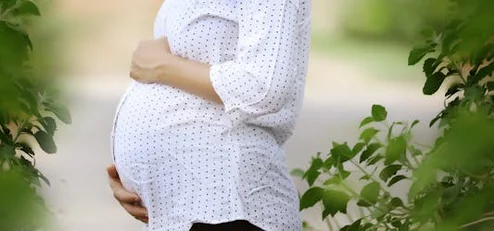
Pregnant women in the ’60s were often told that a glass of wine or beer would help them relax and might even be good for the baby. Doctors prescribed various medications for morning sickness, anxiety, and other pregnancy-related issues without much concern about potential effects on the developing fetus. The idea that what a mother consumed could significantly impact her unborn child was not widely understood or accepted.
Many expectant mothers smoked cigarettes, drank alcohol socially, and took prescription medications throughout their pregnancies with their doctors’ full approval. The strict guidelines about pregnancy nutrition, alcohol consumption, and medication safety that govern modern prenatal care would have seemed extremely restrictive and probably unnecessary to women and doctors of that era. Today’s detailed lists of foods to avoid and substances to eliminate would have made pregnancy seem like a medical crisis rather than a natural condition.
11. Keeping Wild Animals as Pets

It wasn’t unusual in the ’60s for families to keep raccoons, skunks, monkeys, or even small bears as household pets, often after finding orphaned babies in the wild. Pet stores sometimes sold exotic animals, and roadside attractions would let visitors take home baby animals as souvenirs. Many people believed that wild animals could be domesticated through kindness and proper care, and there were fewer regulations about what kinds of animals people could keep.
The numerous health risks, legal issues, and ethical concerns that we now associate with keeping wild animals as pets weren’t widely understood or discussed. Today’s strict regulations about exotic pet ownership, concerns about zoonotic diseases, and understanding of wild animal behavior make these practices seem incredibly dangerous and irresponsible. What seemed like a fun adventure then is now recognized as potentially harmful to both the animals and the families involved.
12. Using Household Chemicals Without Safety Precautions

Cleaning day in the ’60s often involved mixing various household chemicals together to create stronger cleaning solutions, with little awareness of the dangerous reactions this could cause. People used toxic substances like carbon tetrachloride for dry cleaning at home, and many cleaning products contained chemicals that are now banned or heavily regulated. Families stored these dangerous substances in unlocked cabinets where children could easily reach them.
The casual approach to chemical safety extended to pest control, with families regularly using DDT and other powerful pesticides around their homes and gardens without protective equipment. Today’s child-proof locks, safety warnings, and hazardous material disposal protocols would have seemed like unnecessary complications to people who viewed these chemicals as helpful household tools. The idea that common cleaning products could cause serious health problems or create toxic combinations was simply not part of everyday awareness.
13. Giving Children Adult Responsibilities and Independence
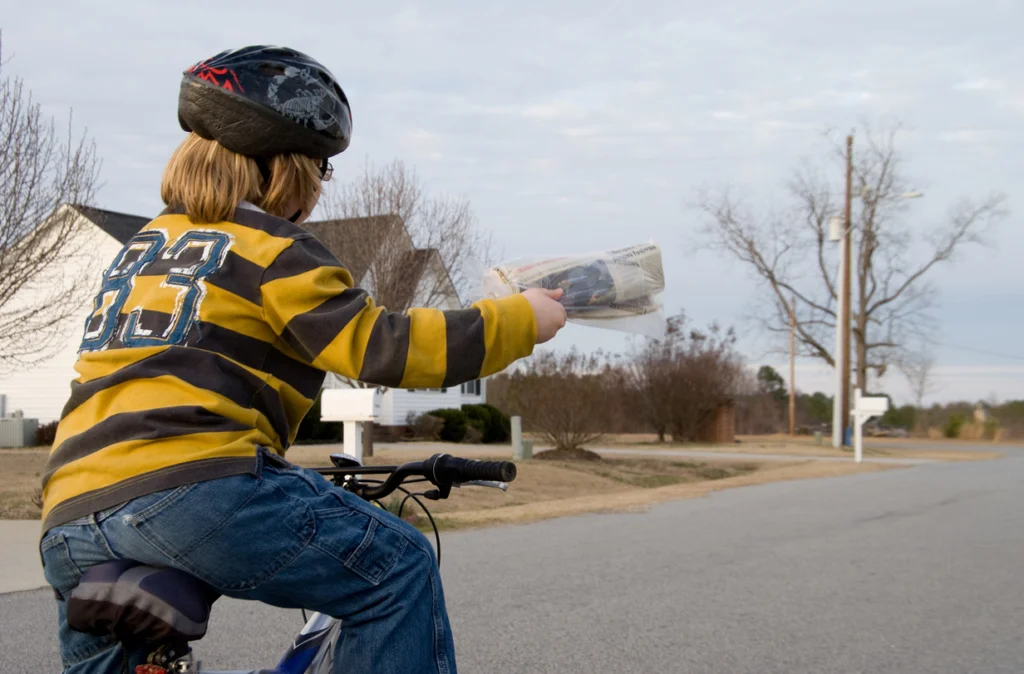
Ten-year-olds in the ’60s regularly babysat younger siblings for hours at a time, and twelve-year-olds often had part-time jobs delivering newspapers, mowing lawns, or working in family businesses. Children were expected to handle household chores, make their own meals, and solve their own problems without constant adult supervision or intervention. Parents believed that giving children real responsibilities would build character and prepare them for adult life.
This level of independence and responsibility seems almost shocking by today’s standards, where children are often supervised constantly and protected from most forms of risk or failure. The idea of leaving a ten-year-old in charge of younger children, or expecting a child to handle adult-level responsibilities, would cause serious concern among modern parents and might even result in calls to child protective services. What was once considered good parenting and character building is now viewed as potential neglect or endangerment.
Looking back at these habits and social norms, it’s fascinating to see how dramatically our understanding of safety, health, and social responsibility has evolved. What seemed perfectly reasonable and normal in the 1960s now appears risky, unhealthy, or downright dangerous, reminding us that every generation does the best it can with the knowledge available at the time. These changes reflect our growing understanding of health and safety, but they also show how much more cautious and regulated our world has become compared to those seemingly simpler times.
This story 13 ’60s Habits That Would Be Considered Totally Bizarre Now was first published on Takes Me Back.


